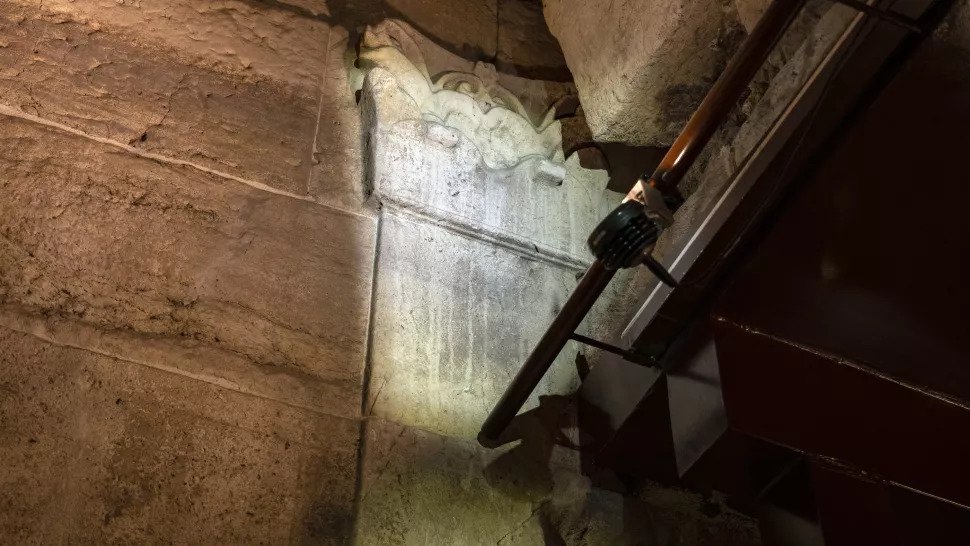A magnificent Roman-era structure has been discovered beneath Israel’s Western Wall

A magnificent Roman-era structure has been discovered beneath Israel’s Western Wall
Archaeologists have discovered the remaining remnants of an ornate structure that may have served as a welcome hall for members of Jerusalem’s municipal council and their visitors on their way to Temple Mount in the tunnels beneath the Western Wall in Israel.
According to Shlomit Weksler-Bdolach, an archaeologist with the Israel Antiquities Authority, the structure consists of two corridors joined by a fountain supplied by lead pipes situated at the top of Corinthian-style columns. Ornate reclining sofas undoubtedly adorned the halls, archaeologists say, despite the fact that there is practically little trace of them now.
Sections of the structure were discovered by archaeologist Charles Warren in the 19th century, while other archaeologists unearthed parts of it in the 20th century. The remains of the structure have been excavated by archaeologists from the Israel Antiquities Authority and the Western Wall Heritage Foundation during the last few years, allowing researchers to better understand what it was used for.
The archaeological team believes that before going to the Temple Mount, the holiest location in Judaism, prominent persons would have gathered in this building. Archaeologists speculated in a statement that the area may have also been utilized for eating.
According to the assertion, from the fifth century B.C. to the third-fourth centuries A.D., reclining dining rooms (where you eat while laying down) were prevalent in the Greek, Hellenistic, and Roman civilizations.
“They have been discovered in private residences, mansions, temples, synagogue complexes, and civilian compounds,” according to the statement. According to the scholars, the usage of these chambers for meals is also mentioned in the Hebrew Bible.
Archaeological research indicates that the structure was built between A.D. 20 and A.D. 40, during the Roman occupation of Israel. Between A.D. 66 and A.D. 73, there was an uprising against the Romans, which culminated in the Roman army sacking Jerusalem and destroying much of the Temple Mount in A.D. 70.
The structure appears to have been abandoned before the Temple Mount was demolished, according to the researchers. Archaeologists said in a statement that when the structure was abandoned, a plaster pool was built amid the ruins, which was likely used for ceremonial cleansing.
Tourists will be able to explore this historic structure and other relics in the Western Wall tunnels via a variety of pathways, according to the announcement.


